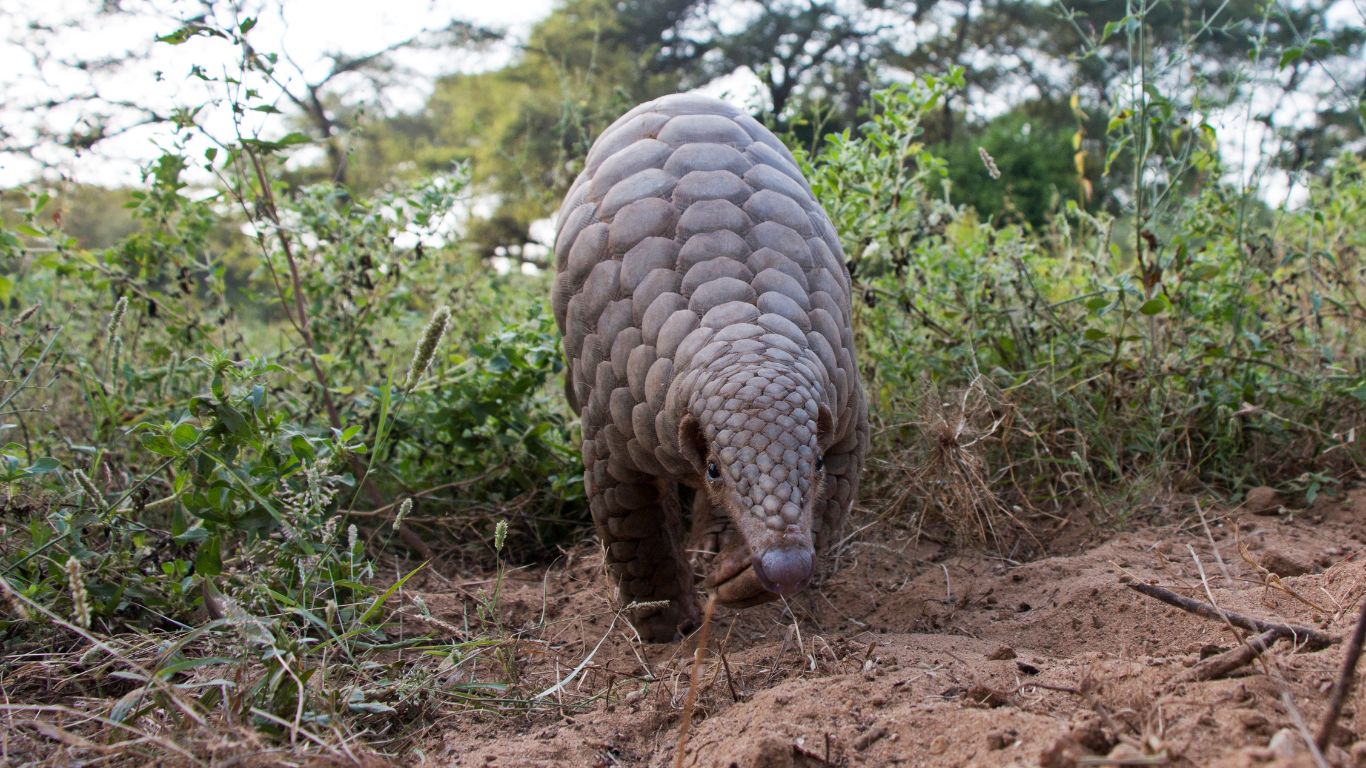October 6th is National Badger Day in the United Kingdom (UK). Usually, this would be a day to celebrate one of Britain’s most iconic animals, but this year, any celebration is marred by the recent announcement that the controversial badger culls are set to expand to seven additional counties. Up to 75,000 badgers could be killed this year, bringing the cull’s total death toll to roughly 200,000 – almost half the UK’s badger population.
Culling badgers has been the nationwide policy for controlling bovine tuberculosis (bTB) since 2011, in an attempt to manage the spread of the disease in the interest of commercial beef and dairy industries. This is despite bTB vaccinations being readily available, and data consistently showing that culling badgers makes no meaningful contribution to the control of the disease.
In May of this year, the UK government confirmed that no new cull licenses would be issued after 2022. But the four-year licenses will allow thousands more badgers to be killed before they expire in 2026. By this time, close to 60% of the UK’s entire badger population will have been wiped out courtesy of £700-million in taxpayer money.
Wildlife conservation organizations warn that the cull will not achieve its objective and could have severe impacts on ecosystems. “It is desperately frustrating that the UK government continues to ignore scientific data proving that the cull is ineffective,” says Adrienne West of Animal Survival International (ASI). “Instead, they continue to massacre a protected animal which is also a keystone species. The knock-on effect on natural habitats could be devastating.”
Authentic scientific data indicates that the UK government’s current attempt to bring the spread of bTB under control is failing dismally. Badgers are the UK’s last remaining large predator and despite being legally protected throughout the UK, they have become the scapegoat for the spread of bTB.





